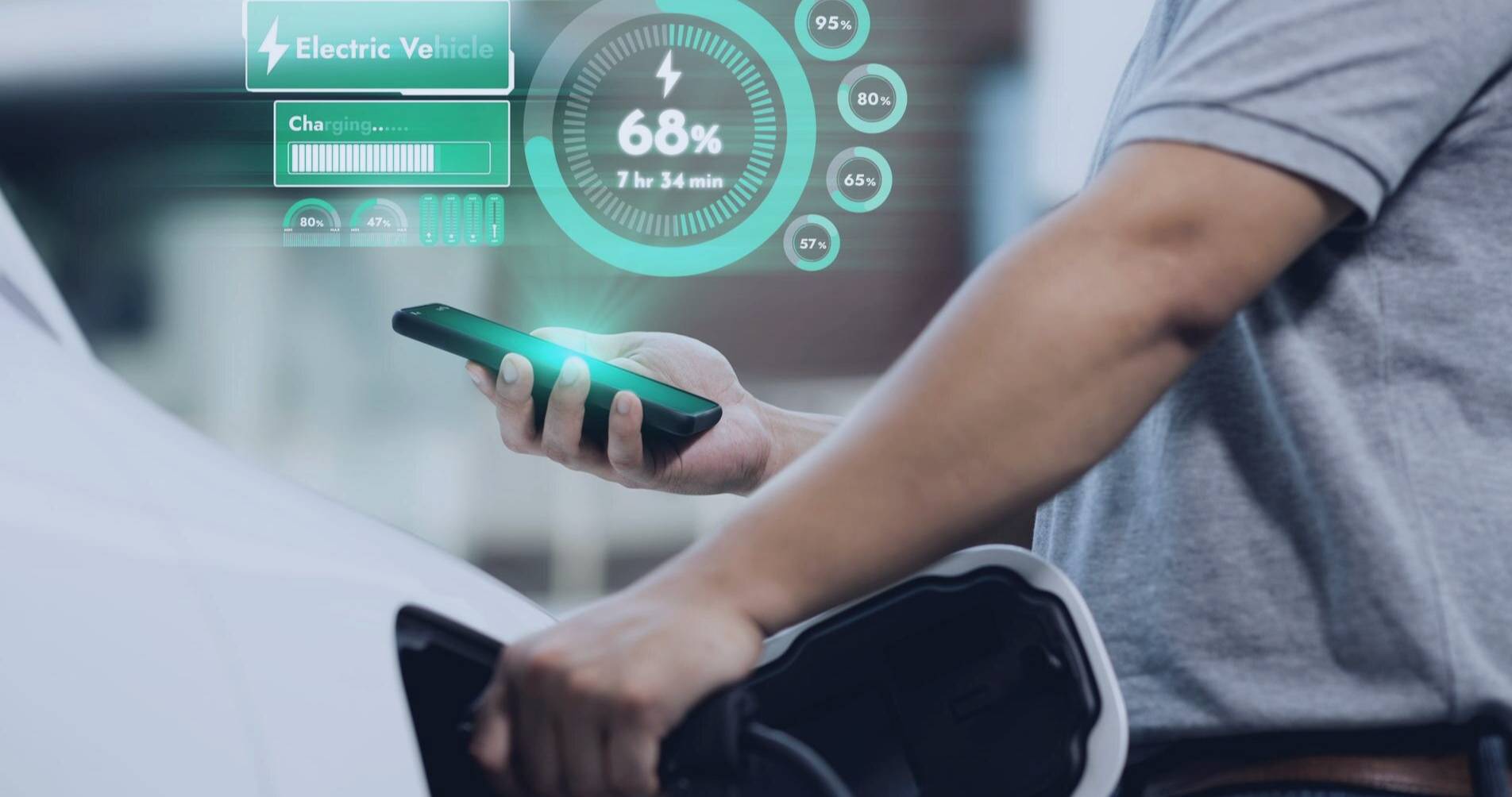

5 Ways to Profit from Level 2 EV Chargers
Learn how cities and businesses can profit from Level 2 EV chargers. Explore charging fees, incentives, and more with AmpUp.

Electrifying transportation is about lowering emissions, but it's also about smart business. Here are five ways that both municipalities and commercial businesses can make money by installing Level 2 EV chargers.
Charging fees
One of the easiest ways to bring in revenue from Level 2 EV chargers is by charging EV drivers for the electricity they use. It's pretty straightforward: If a private or public site charges $0.20 per kWh and the average EV uses 30 kWh per month at a public charger, that's $6 per EV per month, or $72 annually. For a city with 100 regular users, this adds up to $7,200 each year in charging fees alone. And that's just the beginning; more users or more chargers can significantly boost this number.
AmpUp has a handy EV charging revenue calculator that will estimate the income you could earn from public EV chargers – you can find that here.
Parking fees
In addition to charging for electricity, cities, and workplaces can charge for parking in EV spots. Let's say you charge $1 per hour and the average charging session lasts two hours. Each session earns $2, and if each charger is used twice a day, that's $4 daily or $1,460 per year. With just 10 chargers, annual revenue could hit $14,600 from parking fees alone.
For instance, AmpUp’s software is powering 92 new Level 2 chargers at the recently opened Stamford Transportation Center – the first Connecticut Department of Transportation facility to feature EV charging stations. EV drivers pay to park at the large commuter garage, but the electricity is free.
Grants and incentives
The financial appeal of installing Level 2 EV chargers is even more compelling with the great government grants and tax incentives available. The US federal government and various states offer programs that can cover up to 30% of installation costs. These incentives can significantly cut down the initial investment and improve the ROI for cities and workplaces. For example, the federal government’s Charging and Fueling Infrastructure Discretionary Grant Program (CFI Program) is a competitive grant program intended to deploy EV charging infrastructure in the places where people live and work.
Advertising and sponsorship
Level 2 EV chargers can also double as advertising platforms, giving local businesses the opportunity to pay for advertising space on the chargers. Even a conservative estimate of $500 per charger per year means that, for 10 chargers, you could bring in $5,000 annually. Sponsorships are another great option.
Energy resale and grid services
Smart chargers can participate in energy resale or demand response programs, which is another way to make money. These programs allow operators to manage charging times and rates, selling electricity back to the grid during peak demand or benefiting from lower rates during off-peak hours. Even a modest estimate of $100 per charger per year can add up quickly with multiple chargers.
For example, Connecticut site hosts in the Eversource area can earn up to $50,000 for new EV chargers through AmpUp Adapt. This pilot program offers over $100 per charger for commercial, multi-family, or public properties, aiming to improve grid performance, lower charging costs, and increase revenue for station owners.
Add in the relatively low maintenance costs and the increasing number of EVs on the road, and it’s evident why this investment is catching on. Ready to turn those parking spots into profit centers? Now's the time to plug in and power up.


